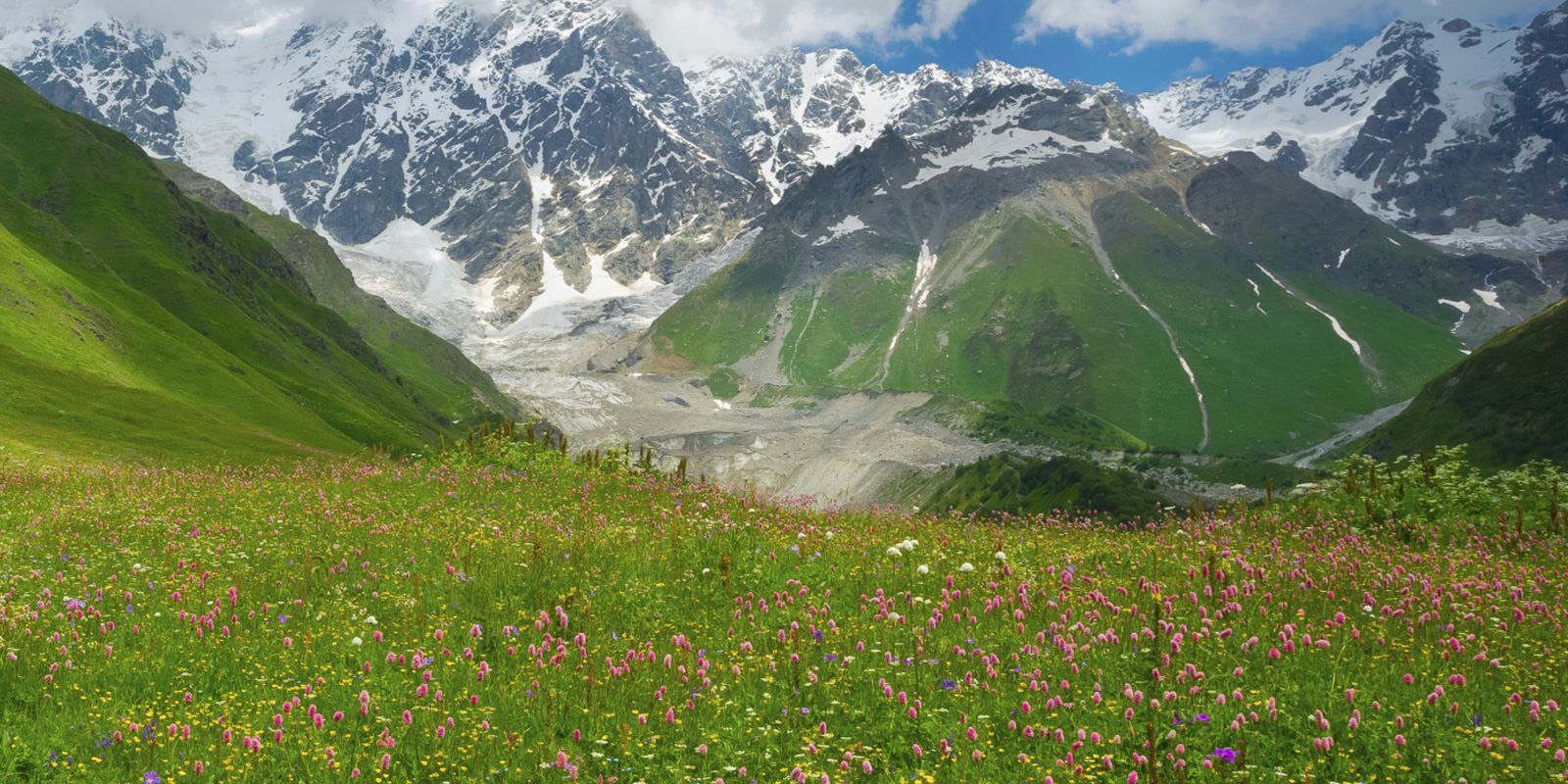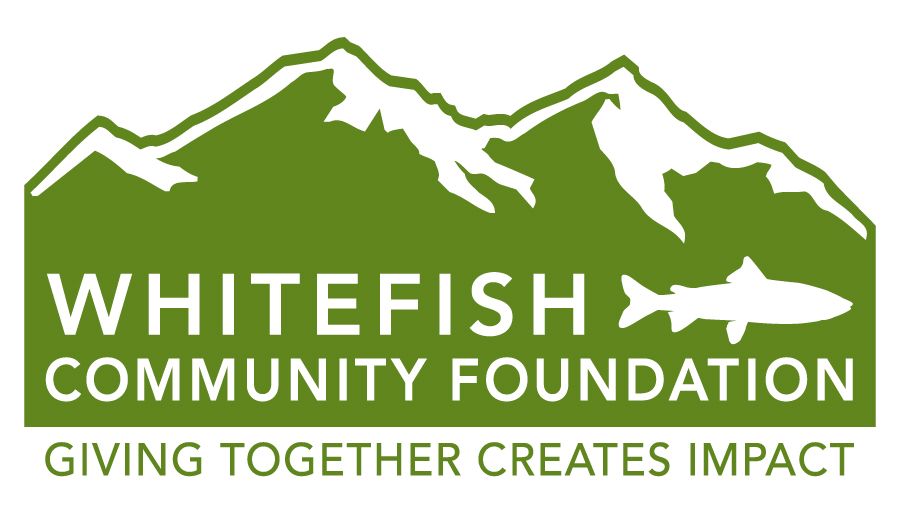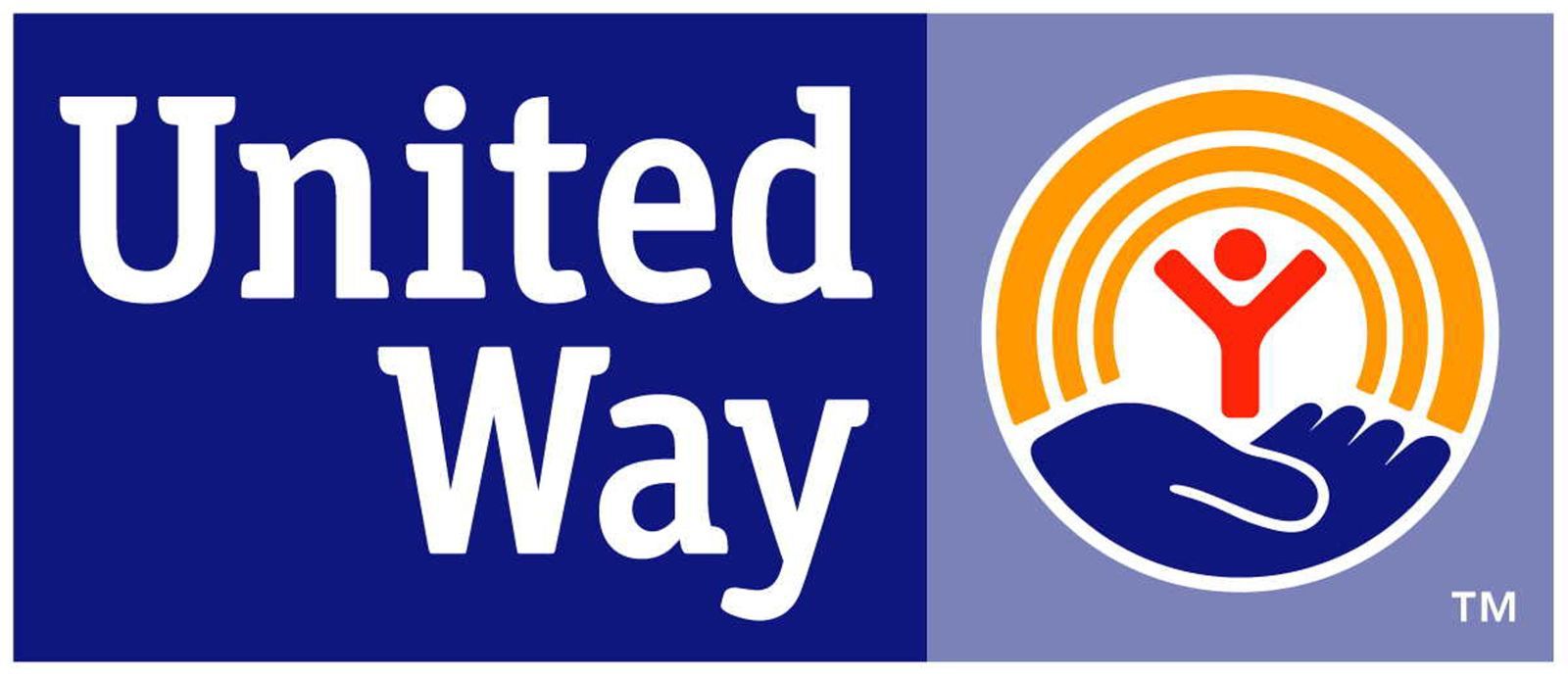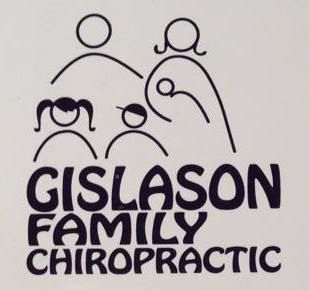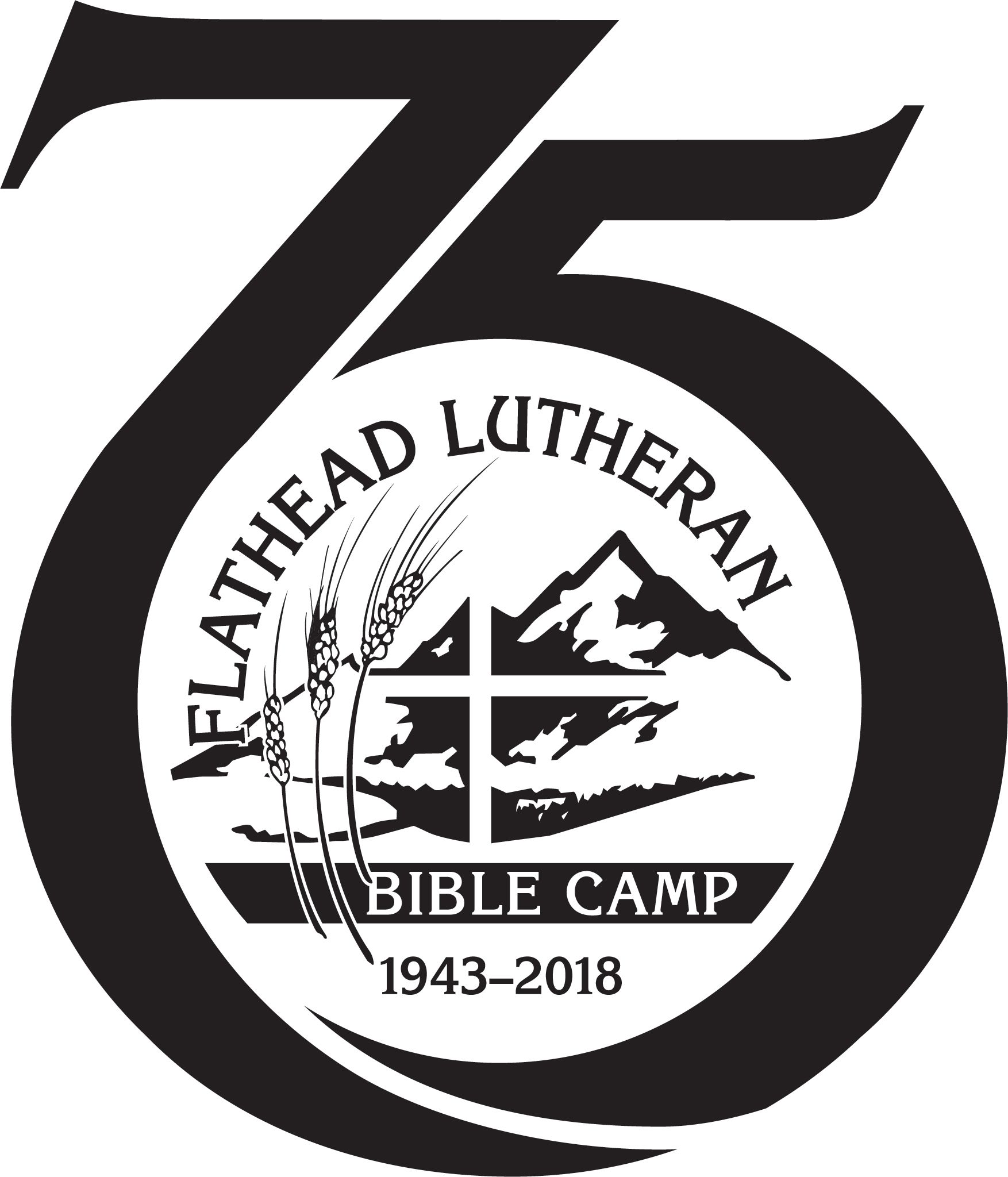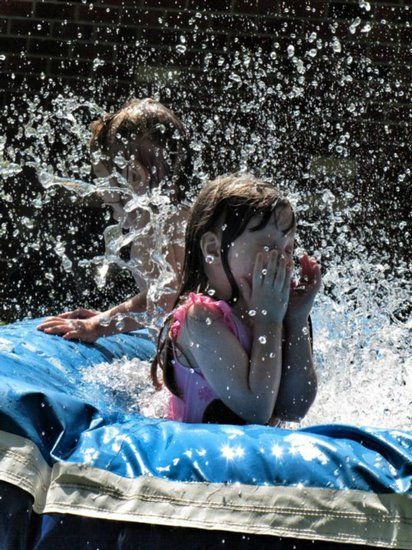
Boy it is hot outside! We thought it would be helpful to provide useful information about keeping children safe and cool during this scorching season. Here are a few helpful pointers:
1. Never leave a child inside a vehicle because the temperatures will turn deadly very quickly!
2. Cover the car seats so the heat-absorbent material does not burn the child’s skin.
3. Cover the windows with blankets or stick on car window shades.
4. Prevent sun exposure with sunscreen.
5. Find places to hang out that have air-conditioning.
6. Direct fans in the center of rooms for maximum air circulation.
7. Limit time outdoors between the hottest hours of the day (10am to 4pm). If you must have your children go outside, dress them lightly.
8. Have water with you at all times!
9. Avoid Caffeine.
10. Make sure to keep children hydrated (water is the preference).
a. Note that if your baby is breast-fed, you may need to give them extra feeds in hot weather.
b. Water, milk, juice, and fluid from soup, veggies, fruit, and other high-fluid foods like popsicles all count toward water intake. We do not recommend juice regularly unless indicated by your doctor for constipation (and new AAP guidelines recommend no juice before a child's first birthday), so stick to water as much as possible.
c. Make sure to get children in the habit of drinking because they are often dehydrated despite available water and the encouragement to drink.
d. Schedule frequent breaks specifically for drinking liquids and if they do not want to take breaks, offer frozen treats with high water content. In addition, get creative about getting them excited about drinking.
i. Studies have shown that children routinely prefer flavored beverages to plain water and will drink up to 90 percent more that way. Use infusions to give water more flavor. You can try combining coconut water or coconut milk with fruit and a bit of sweetener like honey, coconut sugar or maple syrup if desired. Freeze in Popsicle molds until set. Use novelty to encourage more sipping! Break out silly straws, have your child use a clean medicine syringe or eye dropper to pipe water into his mouth, whip out small cups or unique drinking glasses, or even practice drinking water out of an ice cube tray using a straw. You can also make up a funny dance or song every time your child takes a drink.
e. Other hydration estimates from the Academy of Nutrition and Dietetics are below:
i. 4-8 years: 5 cups
ii. 9-13 years: 7 cups (girls), 8 cups (boys)
iii. 14-18 years: 8 cups (girls), 11 cups (boys)
iv. If your toddler drinks milk, it is recommended to limit their intake to no more than 16-24 ounces (2-3 cups) per day - that leaves a need for at least 1-2 cups for water for a child that drinks milk.
11. Include high water content foods in their diet. Have them eat plenty of fruit and veggies, which are great sources of water. You can also serve them Broth-based soups.
12. When your child is not with you pack lunches with the right drinks and water-content food.
13. Plan to have extra rest time.
14. Do things like swimming, cold towels, cold baths, etc.… to cool off
a. If you have a baby, regularly bath them in lukewarm – not cool or cold – water. If your child resists having a bath, wipe them down a sponge or cloth dipped in lukewarm water.
15. Keep your eyes out for any signs of heat exhaustion (dizziness, headaches, nausea, muscle aches, paleness, etc…) cool them down with cold towels and cold showers and see a doctor if they have trouble breathing and/or refuse water. (Morrison) Other things to watch out for are the following…..
a. generally looking unwell
b. being more irritable than usual
c. having drier than normal skin
d. refusing to eat or drink
e. going to the toilet less or having fewer wet nappies than usual
f. the soft spot on top of a baby’s head (fontanelle) may also be lower than usual
We hope you do not burned out! Follow these suggestions and it should be a bearable summer for both you and your children.
The sources for this post, as well as additional information, are found below:
https://www.raisingarizonakids.com/2016/07/keep-kids-safe-extreme-heat/
https://www.healthychildren.org/English/safety-prevention/at-home/Pages/Protecting-Children-from-Extreme-Heat-Information-for-Parents.aspx
https://www.parents.com/kids/safety/outdoor/keeping-kids-hydrated/
http://www.feedinglittles.com/blog/keeping-kids-hydrated-in-the-heat
https://knowrisk.com.au/insight/articles/how-to-keep-your-kids-safe-during-a-heatwave

